The
Haunting of Thores-Cross
Ghosts
of Thores-Cross Book 1
by
Karen Perkins
Genre:
Paranormal Suspense
"The
ghost of a wronged young woman in the village of Thores-Cross waits
230 years to have her story told in Perkins's suspenseful and
atmospheric first Yorkshire Ghost novel" -
BookLife by Publishers Weekly
*Silver
Medal Winner, European fiction - 2015 IPPY Book Awards
*#1
Bestseller in 6 Amazon Categories, including Ghost Suspense, British
Horror and Gothic Romance
*Top
10 Bestseller in 8 more, including Historical Thrillers and Occult
Horror
*Over
100 5-STAR reviews on Amazon.com
Likened
by independent reviewers on Amazon to the Brontë sisters, Edgar
Allen Poe, Barbara Erskine and Nathaniel Hawthorne, Karen Perkins'
novels are filled with unflinching honesty and an acute understanding
of human nature. She explores not only the depths of humanity, but
the depths of human motivation behind the actions and pain people
inflict upon each other, as well as the repercussions of these
actions not only in the short term, but also the later generations
who live with the implications of the past.
Emma
Moorcroft is still grieving after a late miscarriage and moves to her
dream house at Thruscross Reservoir with her husband, Dave. Both Emma
and Dave hope that moving into their new home signifies a fresh
start, but life is not that simple. Emma has nightmares about the
reservoir and the drowned village that lies beneath the water, and is
further disturbed by the sound of church bells - from a church that
no longer exists.
Jennet
is fifteen and lives in the isolated community of Thores-Cross, where
life revolves about the sheep on which they depend. Following the
sudden loss of both her parents, she is seduced by the local wool
merchant, Richard Ramsgill. She becomes pregnant and is shunned not
only by Ramsgill, but by the entire village. Lonely and embittered,
Jennet's problems escalate, leading to tragic consequences which
continue to have an effect through the centuries.
Emma
becomes fixated on Jennet, neglecting herself, her beloved dogs and
her husband to the point where her marriage may not survive. As
Jennet and Emma's lives become further entwined, Emma's obsession
deepens and she realises that the curse Jennet inflicted on the
Ramsgill family over two hundred years ago is still claiming
lives.
Emma
is the only one who can stop Jennet killing again, but will her
efforts be enough?
Cursed
Ghosts
of Thores-Cross Book 2
Jennet's here. No one is safe.
A
skeleton is dug up at the crossing of the ways on Hanging Moor,
striking dread into the heart of Old Ma Ramsgill - the elderly
matriarch of the village of Thruscross. And with good reason. The
eighteenth-century witch, Jennet, has been woken.
A
spate of killings by a vicious black dog gives credence to her
warnings and the community - in particular her family - realise they
are in terrible danger.
Drastic
measures are needed to contain her, but with the imminent flooding of
the valley to create a new reservoir, do they have the ability to
stop her and break her curse?
Jennet
Ghosts
of Thores-Cross Book 3
‘Jennet
will
have your heart and
your fear in
equal measure’
‘Through
Jennet we
see how cruelty can
drive even the most ordinary people to hatred
and,
in Jennet's case,
evil’
Yorkshire
is in the grip of a heatwave, and Thruscross Reservoir has dried up
to reveal the remains of the drowned village of Thores-Cross beneath.
Playing
in the mud which coats the valley floor, four-year-old Clare
Wainwright finds an old inkpot, and can’t wait to show it to her
best friend, Louise. But when Louise’s mother, Emma, sees it, her
reaction is shocking, and both families are plunged into their worst
nightmares.
Emma
knows what the inkpot portends:
Jennet
has woken.
Now
she wants the children.
This
is not a gore-ridden, jump-scare horror story. This is more real than
that. Jennet is a story about the horrific things that people do to
each other, and the way we react to that maltreatment – which does
not always end with death.
Jennet’s
story is a horror story because it’s not necessarily fiction. It
reflects the way women were treated in the time that Jennet lived. It
reflects the psychology of the abuse cycle. And it reflects real
life. All of it.
If,
as I believe, the spirit does not die when the physical body dies,
then how many spirits are looking for vengeance today?
What
wrongs will you want to right when you pass through that veil? What
will I?
This
is the conclusion of Jennet’s story, which began in The Haunting of
Thores-Cross. I hope she finds peace. I really do.
Karen
Perkins is the author of eight fiction titles: the Yorkshire Ghost
Stories and the Valkyrie Series of historical nautical fiction. All
of her fiction has appeared at the top of bestseller lists on both
sides of the Atlantic, including the top 21 in the UK Kindle Store in
2018.
Her
first Yorkshire Ghost Story - THE HAUNTING OF THORES-CROSS - won the
Silver Medal for European Fiction in the prestigious 2015 Independent
Publisher Book Awards in New York, whilst her Valkyrie novel, DEAD
RECKONING, was long-listed in the 2011 MSLEXIA novel
competition.
Originally
a financial advisor, a sailing injury left Karen with a chronic pain
condition which she has been battling for over twenty five years
(although she did take the European ladies title despite the
injury!). Writing has given her a new lease of - and purpose to -
life, and she is currently working on a sequel to Parliament of
Rooks: Haunting Brontë Country.
When
not writing, she helps other authors prepare their books for
publishing and has edited over 150 titles, including the 2017 Kindle
UK Storyteller Award winner, The Relic Hunters by David Leadbeater,
and has also published a series of publishing guides to help aspiring
authors realise their dreams.
Karen
Perkins is a member of the Society of Authors and the Horror Writers
Association.
GUEST POST
What
are your top 10 favorite books/authors?
It’s
impossible to choose just 10 books, so I’ve gone for 10 authors I
really enjoy (although this could be much longer too!):
Stephen
King
James
Herbert
Barbara
Erskine
Liane
Moriarty
Kate
Morton
Philippa
Gregory
Phil
Rickman
CJ
Sansom
Jenny
Colgan
Zoe
Sharp
What
book do you think everyone should read?
Lord
of the Flies – it shows humanity and group psychology at its
basest, and I’ve seen echoes of it in office environments,
institutions, pubs & clubs, small communities, reality TV shows,
and of course the playground (both children and parents!).
How
long have you been writing?
I’ve
always written stories – and echoes of The Haunting of
Thores-Cross are even recognizable in stories I wrote at school.
I started writing my first novel, Dead Reckoning about
eleven years ago – and when it was long-listed in the 2011
MsLexia novel competition, I realized it was time to think seriously
about publishing and I published a year later.
Do
the characters all come to you at the same time or do some of them
come to you as you write?
The
main character(s) come first, and I spend time getting to know them,
then the rest of the cast arrive. They’re there in my subconscious
and waiting for their turn to step forward, and the main character(s)
are most definitely in charge. This was especially true with Jennet,
who is the main character in The Haunting of Thores-Cross.
That was supposed to be a stand-alone novel, but she came back for
the short story, Cursed, then wanted another full-length novel
and Jennet was written. I don’t know yet if there will be
any more, although I did notice she left a way back should she decide
to return…
What
kind of research do you do before you begin writing a book?
An
awful lot! Before I can start writing the book, I need to not only
know the characters but understand how they lived.
The
Yorkshire Ghost Stories are dual-timeline books, and the setting
links the two timelines. For the Thores-Cross series, I knew the area
around Thruscross Reservoir extremely well anyway – I’d virtually
grown up there – but I still needed to formalize that knowledge,
draw out maps of the houses and landmarks, and mark on them the
fictional characters who lived there, what they did etc.
I
then needed to understand what the landscape and village looked like
in the 1700s, before the valley was flooded, and before all the dry
stone walls that are so iconic of Yorkshire were built. I based my
fictional village on the real one (Thores-Cross is the old Viking
name for Thruscross), and wanted it as accurate as possible. I also
needed to know how the villagers lived, so learned about keeping
sheep, spinning their wool, growing wheat and grinding grain for
bread, as well as the foods they ate and meals they prepared. Then
there’s the houses they lived in, the clothes they wore, the tools
they had, all the details of their daily lives.
What
is your writing process? For instance do you do an outline first? Do
you do the chapters first?
When
an idea first hits me, it snowballs and I very quickly know where the
story is set, who the main character is, what part/event of history
the book will explore, and what the story will be. I make lots of
notes, developing the idea, until it stops sparking, then I go back
to concentrating on the book I’m actually writing at that time. But
the new book has a notebook which is never far away, and any more
ideas on it are jotted down straight away. I’ll start doing some
preliminary research around the place and time, and then when it’s
time, I’ll start plotting.
I
do more intensive research as I plot, and outline first of all what
the place looked like in the historical timeline. This is always the
one I start with and is the main thrust of the story – what
happened, why are those characters not at rest today, and what are
they trying to achieve by haunting the people now living in that
place? I always draw a map so I know exactly where everyone lives and
works, which ensures everything is consistent as I write. I flesh out
my main characters as I get to know them, and often draw them as well
– this gives them life and depth within my subconscious, which is
when they start developing pretty much on their own, and take over .
. .
My
next task is to plan out the year’s diary. What would my characters
be doing each month? If they’re sheep farmers, as are the
characters in Thores-Cross, I need to know when they wash the sheep,
shear them, send them to tup, and lamb them. I need to know what
potential problems there are: diseases, what to do in heavy snow
storms, how to birth a lamb. Then there are the village celebrations,
the religious context of the time, even the climate. For example, the
historical timeline for my next book, A Question of Witchcraft
is 1612, which is within a mini ice age, so my story and the actions
of my characters need to reflect this – they would most certainly
by affected by the wet and cold in most aspects of their lives.
I
then bring in the character’s story and weave that within the known
calendar. By this time I have a rough outline for the full timeline,
with notes on what would be going on in the wider community and
environment.
I’ll
then plan out the early chapters in detail before I start writing,
and will plan in short sections as I write – I found early on that
planning the whole book out in detail is a waste of time for me as my
characters quickly become as living, breathing people, and they don’t
always do what I want them to. I’ve made intricate plans in the
past which had to be thrown out as the character’s early actions
went a different way. It can be frustrating when the path of the
story changes without warning, but I have learned that it’s the
best sign possible that the writing is going well. The characters are
always right!
Follow
the tour HERE
for exclusive excerpts, guest posts and a giveaway!
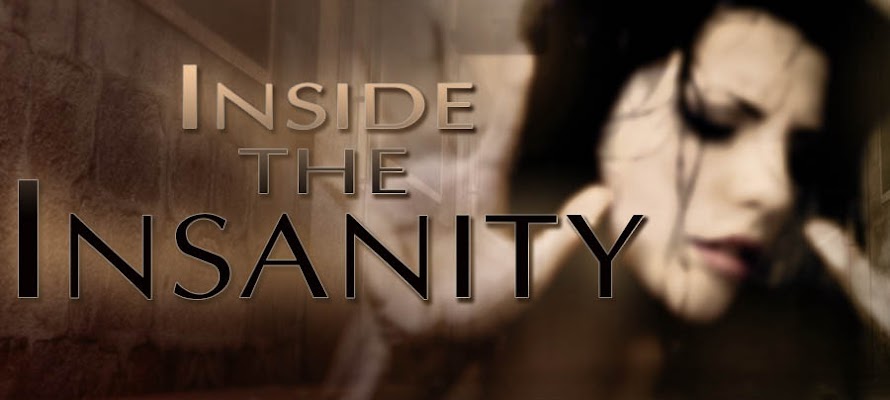
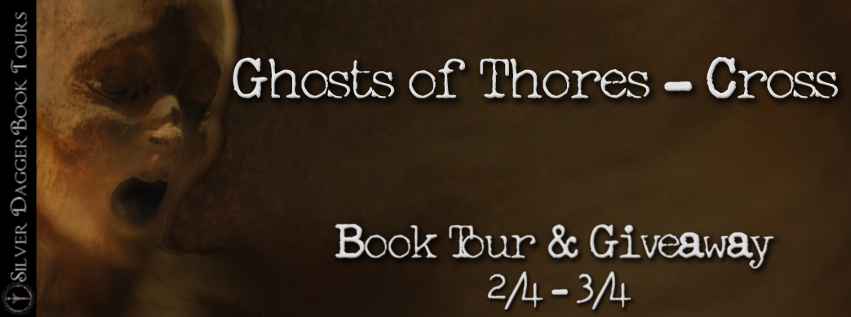
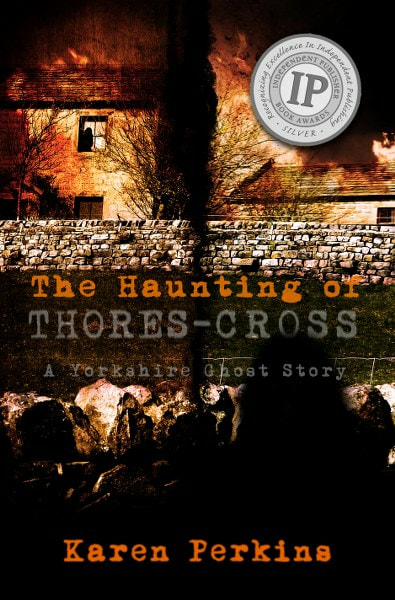

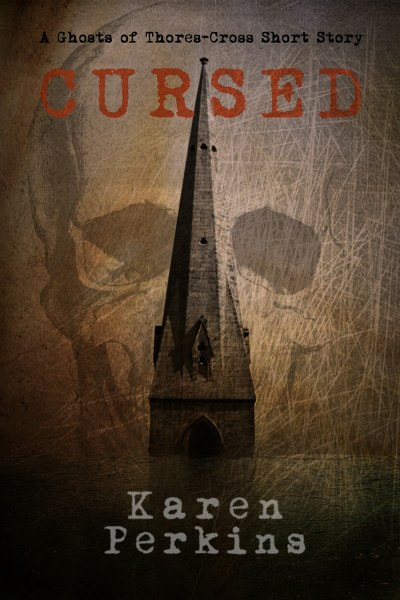
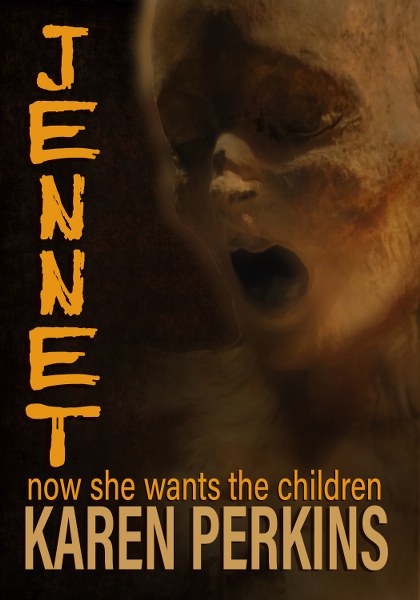

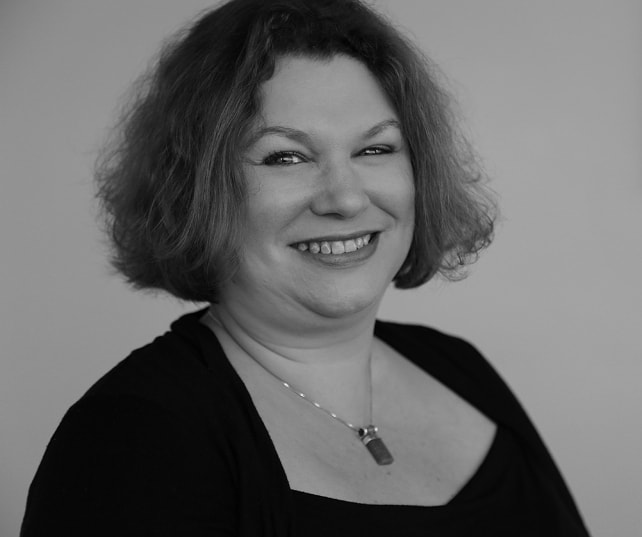

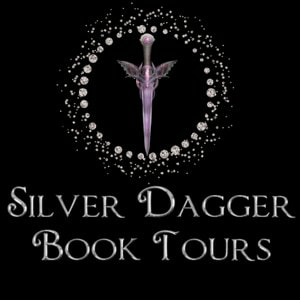
No comments:
Post a Comment